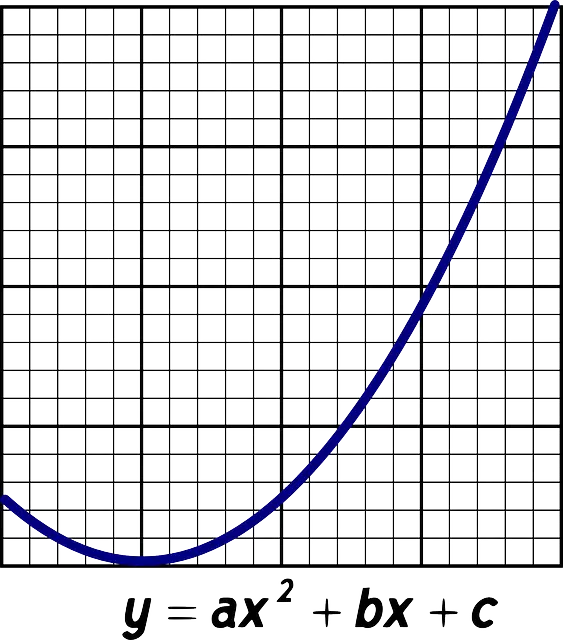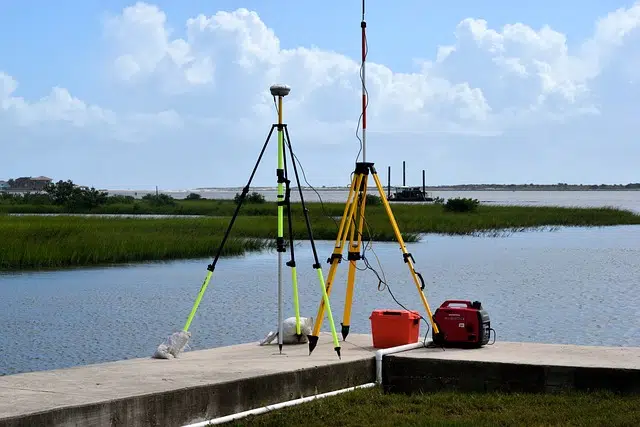
A reference system makes it possible to measure the physical magnitudes of a certain system.
A system is a set of elements that interact and maintain interrelationships with each other. The concept of reference , for its part, is linked to an allusion or the relationship that one thing has with a different thing.
The group of conventions that an observer uses to measure the physical magnitudes of a given system is known as a reference system . This means that the values of these magnitudes are linked to the reference system in question.
What is a reference system
Reference systems are usually sets of coordinates . In this way it is possible to locate different points in physical space and place events in a chronological order.
The observer of a physical phenomenon, in short, observes an event through a certain reference system. When observing the trajectory of a moving body, the measurement of distance and other variables will depend on its location in the reference system.

Geodesy uses reference systems.
Classification and example
The reference system can be one-dimensional (for the observation of movements that develop linearly), two-dimensional (movements that take place in a plane ) or three-dimensional (movements that take place in space).
Let's take the example of geodesy . This science dedicated to the study of the magnitude and shape of the globe adopted a reference system that sets the geocenter (the center of mass of the planet) as its position of origin and then establishes certain conventions to define the X axes (linked to the planes equatorial and Greenwich ), Z (is related to the Earth's axis of rotation) and Y (which is associated perpendicularly to the XZ plane).
Cartesian reference system
In the field of classical physics , we have the Cartesian reference system, which must be defined with two elements that form a pair (P, E), in which the element P is a reference point that the observer takes arbitrarily. and E represents the coordinate axis. The first element usually belongs to a physical object from which distances and position coordinates are estimated.
Point P is taken as the reference and origin of coordinates in the set of Cartesian axes, and from there it is possible to determine all types of tensor or vector physical quantities, such as the direction in which the body moves. We must also take into account a third element, which is defined as the origin in time, that is, a moment from which it is possible to measure time .
Generally, it is the moment in which the specific event that is observed takes place. In the field of kinematics , for example, when studying a given movement, its origin coincides with that of time.
In this way, we have three elements that form the reference system, although before we can use them it is necessary to create conventional units of measurement that are defined based on elements whose physical characteristics are constant. These together with their respective relationships make up the so-called system of units , all collected by the International System; Among the most common are the meter, the kilogram, the kelvin, the second, the mole and the ampere.
If we observe an object that moves in a straight line , then we will not need more than a single axis to describe its motion. If, however, it is done using a plane, we will need at least two, depending on the orientation of the plane: if it does not rest perfectly on any of the three axes, then all three will be necessary to complete the calculation with absolute precision.
In this framework, Cartesian coordinates (x,y,z) are usually used for reference systems: x represents the horizontal projection; and , the vertical; z , the depth.
